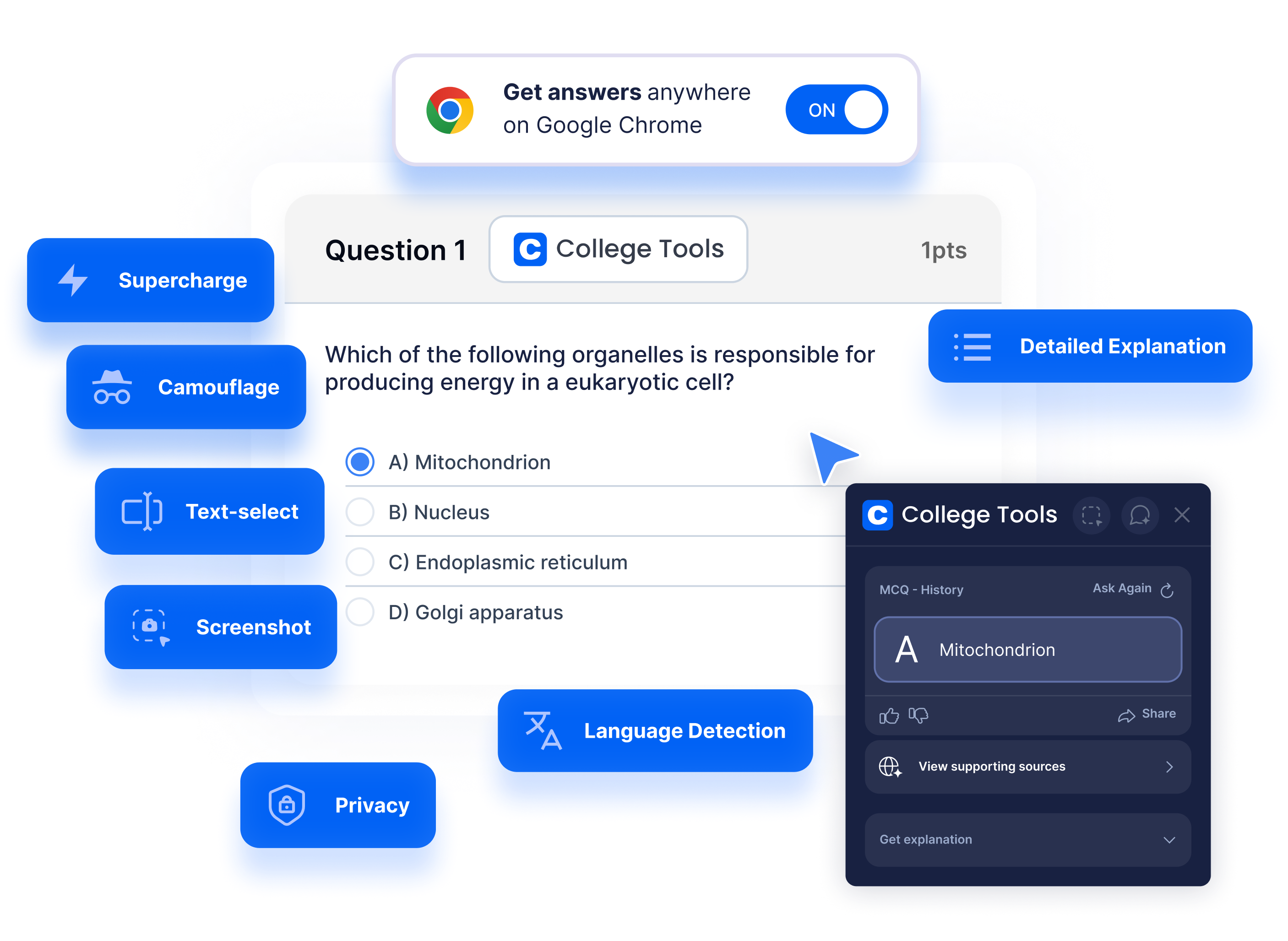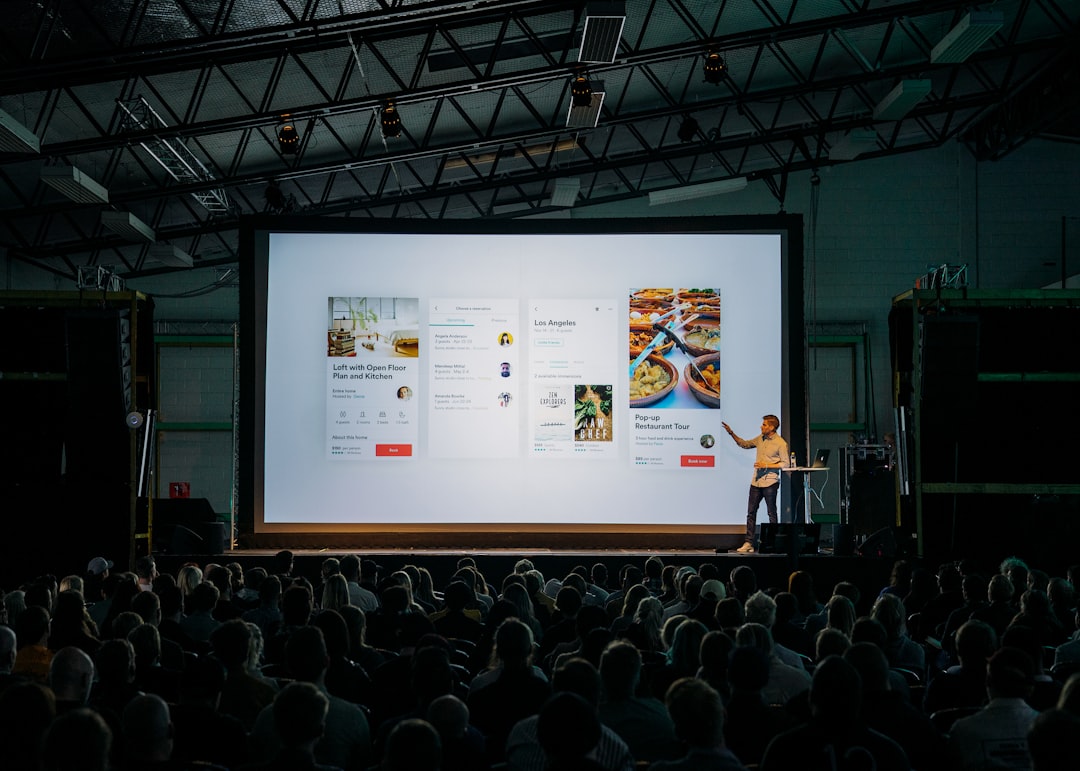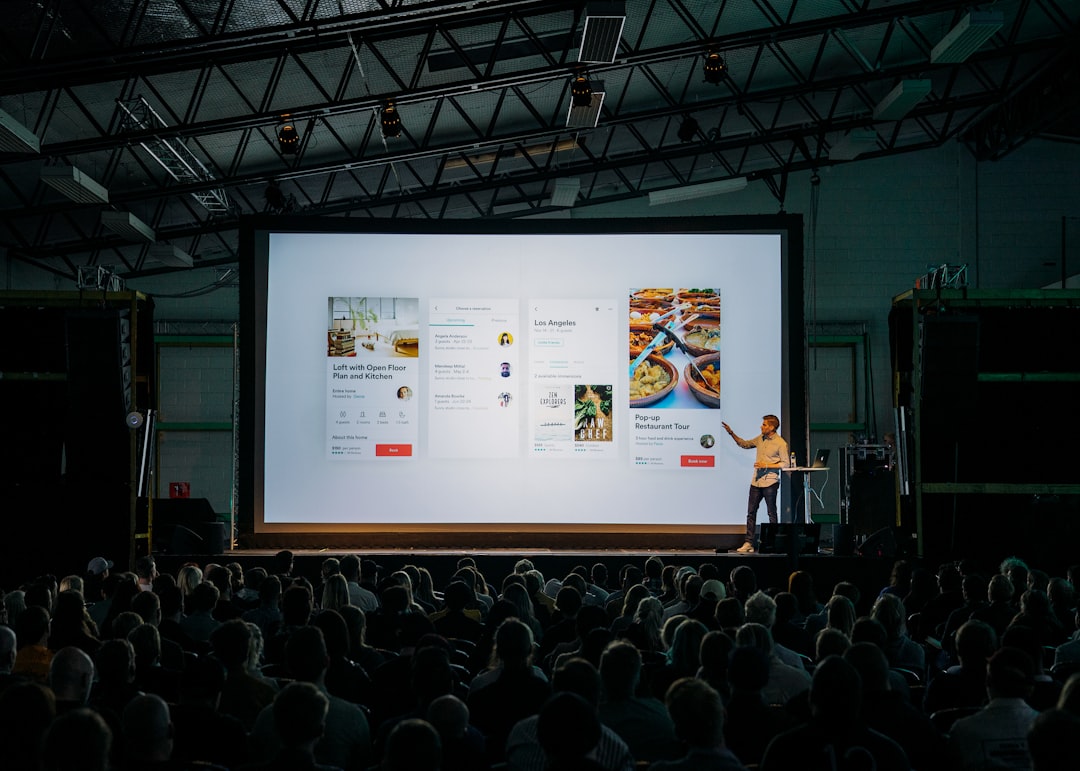Education in the 21st century is not limited to physical classrooms. The emergence of technology, particularly the internet, has paved the way for a more accessible, diverse, and inclusive learning environment. Among the triumphs of this digital integration is the development of learning apps primarily designed to cater to the versatile needs of learners. These apps are even more crucial in the study of arts and humanities where creativity and dynamism intersect.
Exploring the World of Arts and Humanities
Arts and humanities broadly encompass disciplines that study human society and culture. It involves the study of subjects such as literature, philosophy, history, sociology, art, music, and theater, among others. These fields of study highlight the richness and diversity of human experiences, emotions, and societal evolution, making them highly relevant in our modern world.
Moreover, as Smithsonian Mag puts it, the arts, be it visual, performing, or digital, offer us an avenue to express our thoughts, sentiments, and aspirations. It's a window to the world's cultures, traditions, and historical milestones. Simultaneously, humanities provide lenses through which we can critically understand and appreciate these expressions.
Learning Apps and their Increasing Significance
Learning apps have been gaining popularity over the years. They are known for their convenience, versatility, and cost-effectiveness. They can customize educational experiences, enabling learners to study at their pace, time, and place.
For arts and humanities, these learning apps can supplement traditional learning methods and make the subjects more engaging and relatable to learners. They provide practical applications, simulate real-world scenarios, and encourage critical thinking and creativity. They can also make intricate topics more comprehensible.
One testament to this is the Khan Academy that offers extensive lessons for almost every subject, including arts and humanities. Their learning app delivers interactive content, allowing students to learn and explore at their own pace.
Equipping Art and Humanities Education with Learning Apps
Traditionally, arts and humanities rely heavily on textual resources, lengthy lectures, and in-person immersion. However, as pointed out by Edutopia, integrating learning apps into this field can greatly enhance students' understanding and appreciation.
Learning apps may provide interactive visuals for art appreciation, step-by-step guides for craft-making, video clips for historical events, story maps for literature, and virtual visits to museums and heritage sites. They can also engage learners with in-app quizzes, brain teasers, and discussion boards.
These apps offer hands-on and real-world applications. By using them, learners can see, hear, and interact with the subjects they're studying. These experiences enable them to understand the concepts and significance behind art pieces, cultural practices, historical events, and literary works.
Furthermore, learning apps provide platforms for students to showcase their creative outputs. They can share, receive feedback, and draw inspiration from others. Such interactions can foster a thriving and collaborative learning community.
The Future of Learning Apps in Arts and Humanities
The potential for learning apps in further enhancing arts and humanities education is enormous. With the continuous advancements in AI and other digital technologies, we can expect a more immersive, interactive, and personalized learning experience.
As identified in a study by Educause, the integration of digital technology in arts and humanities research has led to new methodologies. This impact is expected to trickle down to learning as well. With machine learning, learning apps may soon deliver content based on users' learning style, pace, and preferences. They can also provide real-time feedback and suggestions for improvement.
The future of learning apps in arts and humanities looks promising indeed. But while we watch to see this future unfold, it is crucial for learners of today to take advantage of the current offerings of these digital platforms.









